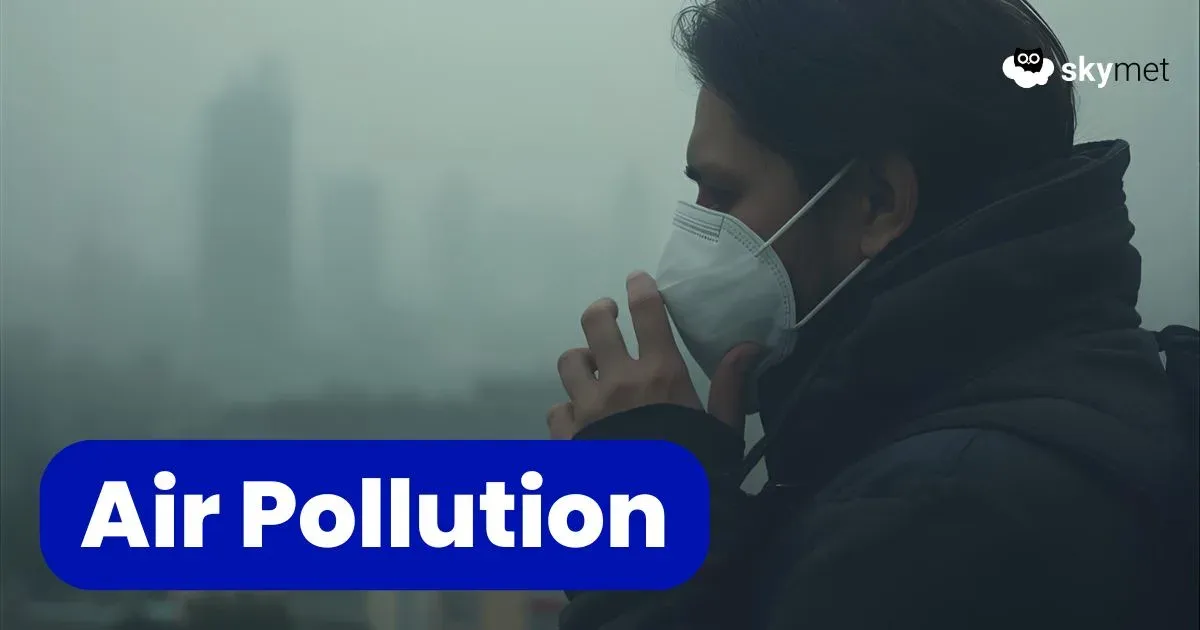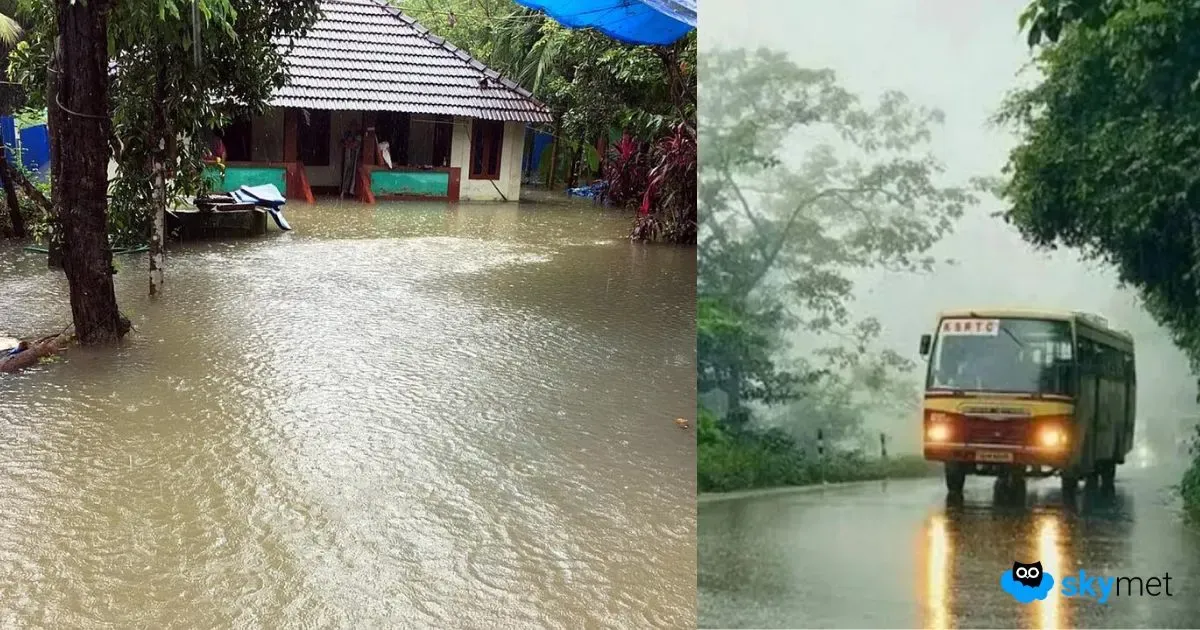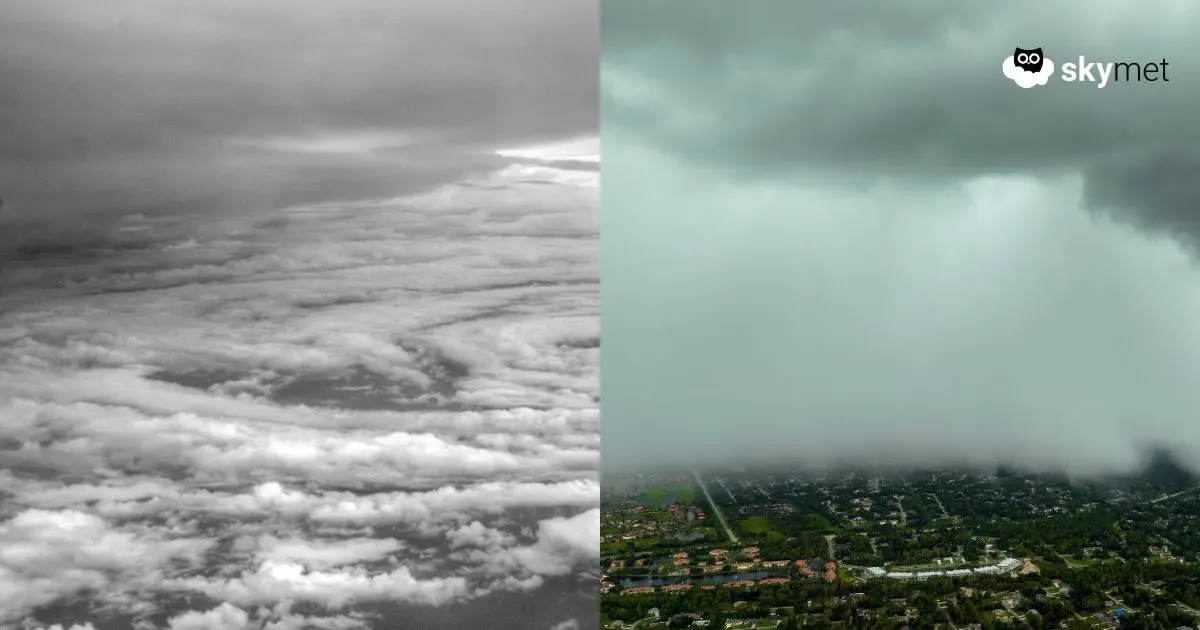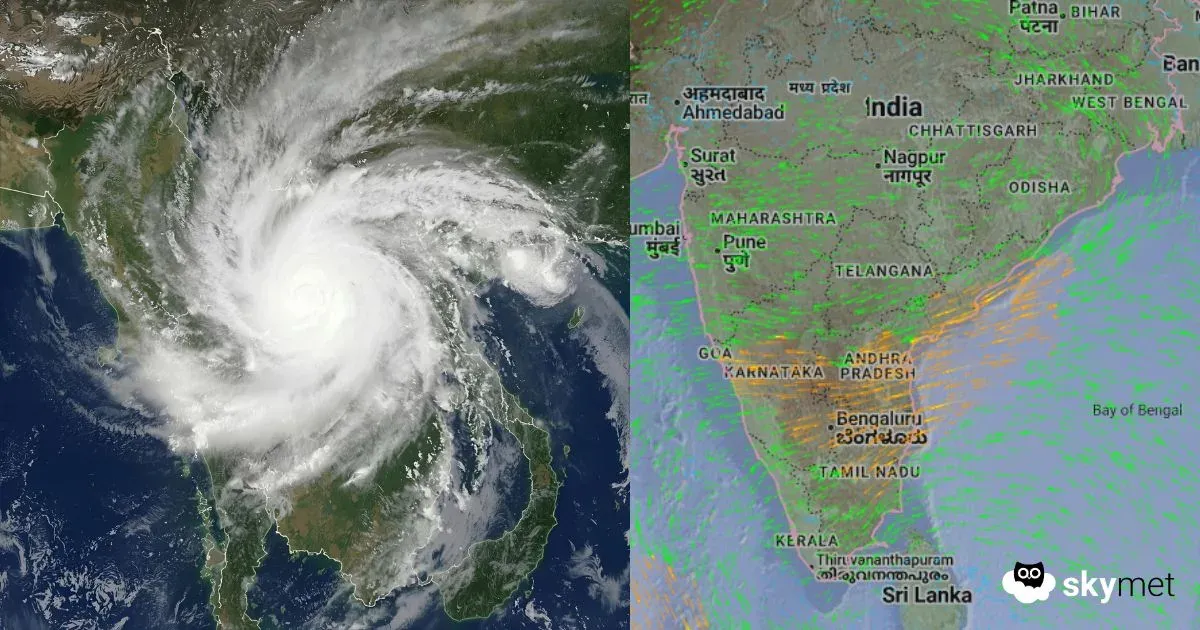India is quite literally losing sunlight! Over the past three decades, data show a steady decline in sunshine hours across most of the country — a direct result of rising aerosols, dense haze, and changing cloud patterns that block solar radiation from reaching the ground.
Nowhere is this atmospheric dimming more evident than in Delhi, where air pollution consistently cuts visibility, disrupts solar energy generation, and worsens public health. What was once a meteorological trend has become a daily, measurable threat.
The Bigger Picture: India’s Declining Sunshine
What the Study Shows
- All nine major geographic regions of India show a net annual decline in sunshine hours over 30 years, though rates differ.
- The steepest drops were in the northern interior (e.g. around Amritsar), along the Himalayas, and on the west coast (e.g. Mumbai).
- Seasonally, October–May see relatively higher (though still degraded) sunshine, whereas June–July have sharp reductions — monsoon clouds being a major cause.
- Aerosols (tiny airborne particles) account for about 13 % of the reduction in sunlight reaching the surface; clouds (especially those modified or prolonged because of aerosols) contribute an additional 31–44 % during the period 1993–2022.
Why It Matters
- Solar energy performance is penalised: particulate matter and haze reduce photovoltaic (PV) output by 12–41 %, depending on system type.
- Cleaner air could increase India’s solar energy production by 6–28 TWh annually — a meaningful gain.
- Agriculture suffers: crops like rice and wheat in polluted zones bear yield losses of 36–50 %, largely due to reduced photosynthetically active radiation (light useful for photosynthesis) and haze.
- The dimming effect reduces the margin of growth for solar ambitions: India is targeting 500 GW of renewables by 2030, with over 100 GW in solar already installed — but these gains are under threat if sunlight keeps receding.
So, the sun is being stealthily robbed. But in Delhi, the theft is loud, visible, and acute.
Delhi: Where the Air Steals Its Own Daylight
Current Air Quality Snapshot
- Delhi’s AQI (Air Quality Index) currently hovers in the “Unhealthy” to “Very Unhealthy” bracket. According to IQAir, PM2.5 levels are around 144 µg/m³ (well above WHO guidelines).
- Other sources also show volatile but poor conditions: readings for PM10, NO₂, CO, etc. often spike during calm weather.
- This is not a one-off: historically, Delhi records very few “Good” air days. In fact, in 2025 so far, the city has not recorded a single AQI day in the “Good” (0–50) category.
Why Delhi Gets Hit Hard
- Multiple pollution sources - Vehicular emissions (cars, trucks) - Industrial emissions and local factories - Crop residue burning in neighboring states (Punjab, Haryana, UP) - Construction dust, spoil heaps, open burning of waste
- Meteorological traps - During winter, temperature inversions (a cooler layer near ground, warmer aloft) trap pollutants near the surface. - Low wind speeds reduce dispersion - Moisture, fog, haze – these magnify scattering and absorption of sunlight.
- Cloud–aerosol interactions - Aerosols act as cloud condensation nuclei and can alter cloud lifetime and reflectivity, often resulting in longer-lived, more light-blocking clouds.
AQI, Pollutant Types & Categories — Explainer
- AQI (Air Quality Index): A summary index that converts pollutant concentrations (PM2.5, PM10, NO₂, O₃, CO, SO₂) into a single number and category (Good, Satisfactory, Moderate, Poor, Very Poor, Severe) for public interpretation.
- Primary pollutants: PM2.5 (particles ≤ 2.5 µm), PM10 (≤10 µm) — these are critical because they both harm health and block/ scatter sunlight.
- GRAP (Graded Response Action Plan): A graduated set of measures (I to IV) triggered when Delhi–NCR crosses threshold AQI levels, aiming to curb emissions. For example, when AQI moves into “Poor” or above, Stage-I GRAP may be invoked. - Measures include restricting polluting vehicles, halting construction, cracking down on open burning, stricter dust control, etc.
As of October 2025, GRAP Stage I restrictions have been imposed after AQI crossed into “Poor” levels (AQI ~211).
Real Consequences in Delhi
- Solar installations underperform: Rooftop panels, solar farms in and around Delhi produce significantly less output than ideal, especially on high-pollution days.
- Public health burden: Exposure to PM2.5 and ultrafine particles elevates risks of respiratory disease, cardiovascular illness, strokes, and aggravation of asthma.
- Visibility & daily life: Smoggy skies, reduced visibility, sunlight that is blanched rather than bright — psychological and aesthetic losses, alongside direct functional disruption (air travel, traffic safety).
- Economic externalities: Hospital visits, loss of worker productivity, higher healthcare costs, subsidies or grid adjustments when solar underperforms.
Delhi AQI Status (as of Oct 15, 2025, ~11:00 am)
According to real-time monitoring, Delhi’s AQI stood at about 187 (Unhealthy) around 11 am. In terms of pollutant breakdown:
- PM₂.₅ concentration hovered ~106.5 µg/m³
- PM₁₀ levels were ~246 µg/m³
- Other gases such as NO₂, SO₂, O₃ showed moderate contributions but the particle pollution remains the primary driver of the poor air index.
This puts Delhi firmly in the “Unhealthy” bracket at this hour — meaning some adverse health effects are expected even for healthy individuals, and greater risks for sensitive groups (children, elderly, those with respiratory or cardiovascular disease).
Tying It Back & Moving Forward
Delhi is, in many ways, a magnified microcosm: what’s happening here (aerosols, declining sunlight, severe AQI) is a more extreme version of the national trend. The “sun-stealing” effect is felt in streets, on rooftops, through lungs, and in policy.
Key takeaways and recommendations:
- Air quality must be viewed as central to energy strategy: The promise of solar is bright — but dimmed by pollution. Emission controls and clean air are as essential as capacity additions.
- Strengthen GRAP and enforce it rigorously: Trigger thresholds must be respected; violations must be penalised. Measures should scale up fast when AQI worsens.
- Cross-border collaborative interventions: Pollution doesn’t respect municipal boundaries. Delhi’s fate is tied with Punjab, Haryana, UP. Coordinated stubble-burning bans, cleaner agricultural techniques, and inter-state regulations are needed.
- Urban planning, vehicle regulation & public transport: Encourage EV adoption, improve public transit, curtail private vehicular load, and regulate industrial emissions tightly.
- Monitoring, transparency & citizen engagement: High spatial resolution AQI monitoring, open data, alerts, and citizen awareness can create pressure and behavior change.
- Solar design innovation: Use “haze-tolerant” PV technologies, periodic cleaning, dust mitigation. Optimize where to place solar farms (away from heavily polluted zones) for maximum yield.

















